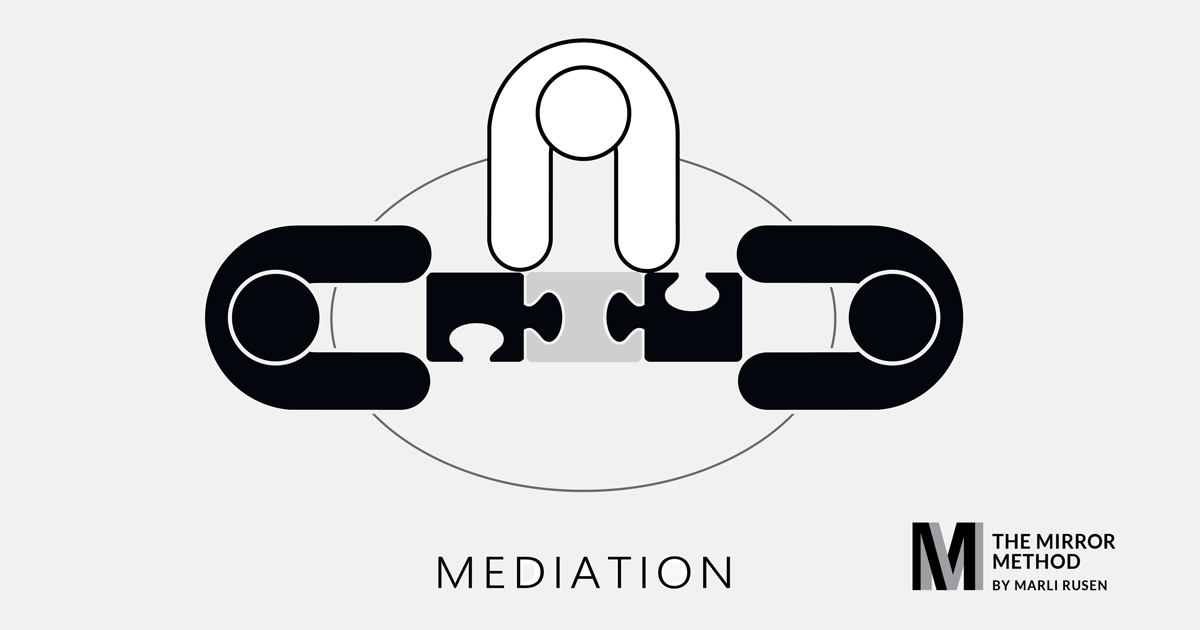Resources > Blog > No – It Doesn’t Always Take Two to Tango – Understanding the Role of Mediation

In my work as a third party neutral, I am commonly asked to “mediate” a “conflict” between two individuals.
At times, when I dig deeper, I learn that the issue being “mediated” involves one person being persistently aggressive and intimidating towards another or one person repeatedly targeting or isolating someone else. They are not “doing the conflict tango” together – rather, one person is accused of behaving in a way that is causing another harm. This is not, on its face, interpersonal conflict and in my view should not be “mediated”, at least not initially.
Instead, when one person is allegedly to have engaged in workplace misconduct that impacts others, their behavior should be reviewed by workplace leaders and HR. If the concerns are substantiated, then that person needs to be held accountable for their actions. This is the organization’s responsibility to remedy through coaching and consequences; this should not fall on the shoulders of those affected by the behavior, through mediation or otherwise.
This is not a criticism of mediation or facilitation – it is a reminder that no process is appropriate for every type of concern. Respectful workplaces match the proper process to the problem at hand.
Facilitated discussions and mediation are helpful resources to consider in circumstances such as the following:
- The initial concern involves a specific disagreement that arose between individuals or mild (but irritating) dynamics that appear to be continuing, causing stress for those involved and unnecessary distraction to those around them. While the concerns that each has about the other may differ (e.g. one is upset about the other’s lack of productivity; and the other is upset about the way they are being spoken to), it is clear – from the outset – that both have unmet needs and ongoing concerns that need to be remedied. If it is appropriate to resolve these concerns informally – that is, none of the issues warrant formal discipline/consequences, then it is helpful to seek clarity and resolution through a mediated conversation.
- The initial concern relates to the disrespectful behavior of only one of the individuals involved. However, both people are required to work together moving forward. In these circumstances, a facilitated/mediated discussion may assist in clarifying boundaries and restoring communication and trust. This is not the same as mediating individual misconduct – this process takes place after the misconduct has been addressed and is used to figure out how each may move forward effectively given what has occurred.
There are many other examples where mediation and facilitation may be useful. However, no one process appropriately remedies all disputes and dysfunction. It is up to workplace leaders and human resource professionals to make defensible and informed decisions, not only on proper outcomes, but also on the processes invoked to achieve them.
Marli is commonly retained to help organizations determine which process is most suitable for the unique situation with which they are faced.
Connect with Marli to learn more about her training and services.
